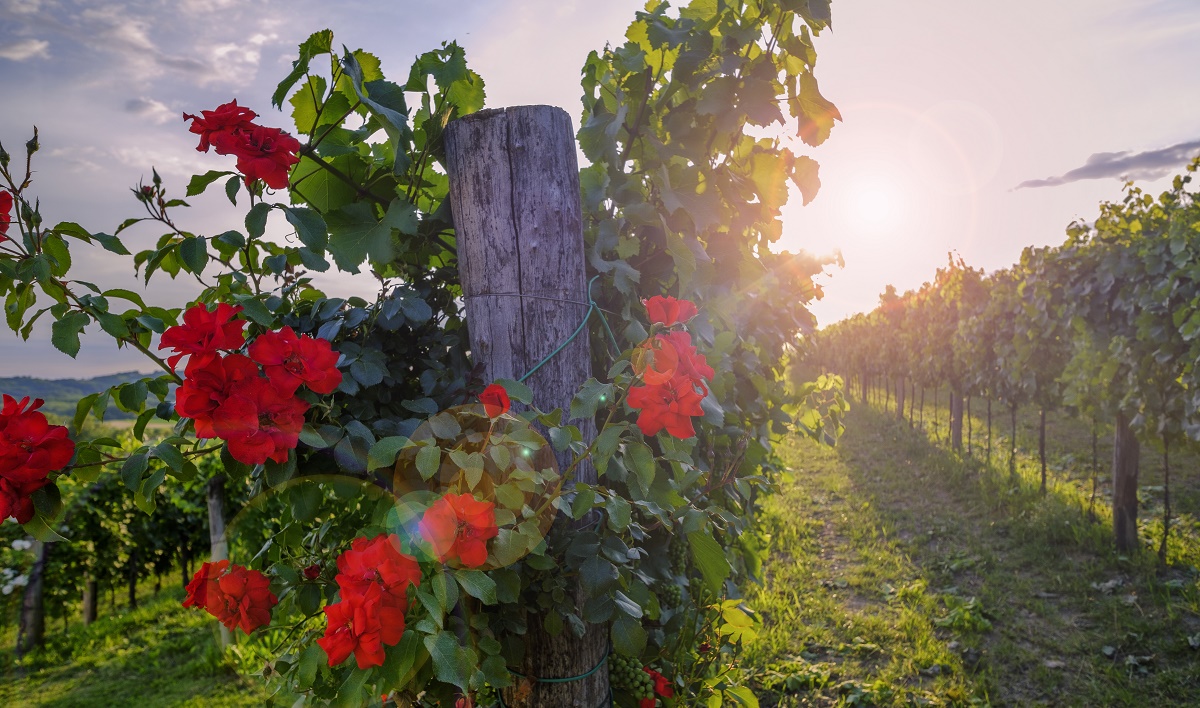Rose bushes are often planted at the edge of vineyards or at the end of each row of vines. They act as "sentinels" or indicator plants, so to speak, because they are attacked by mildew (powdery and downy mildew) earlier than the vines and thus inform the winegrower of the infestation in good time for the purpose of preventive defence measures. The rose bushes also provide shelter for beneficial insects. This is common practice in the French wine-growing region of Graves, for example, but also in many other countries, although the actual effectiveness of this early warning system is not undisputed.

There are specific types of mildew, for example, apple mildew only attacks certain plants such as apple and pear trees. Roses, phlox and other ornamental plants are particularly frequently affected by powdery mildew (Oidium). Downy mildew (Peronospora) frequently attacks peas, cabbage, radishes, radishes, salsify, spinach, onions and vines. The fact is that roses are particularly susceptible. Reddish discolouration on the leaves is downy mildew; powdery mildew also leads to white spots. Incidentally, the grapevine belongs taxonomically to the subclass Rosidae (rose plants). See also vine systematics and vineyard care.
Voices of our members

There is a vast number of sources on the web where one can acquire knowledge about wine. But none has the scope, timeliness and accuracy of the information in the encyclopaedia at wein.plus. I use it regularly and rely on it.
Sigi Hiss
freier Autor und Weinberater (Fine, Vinum u.a.), Bad Krozingen